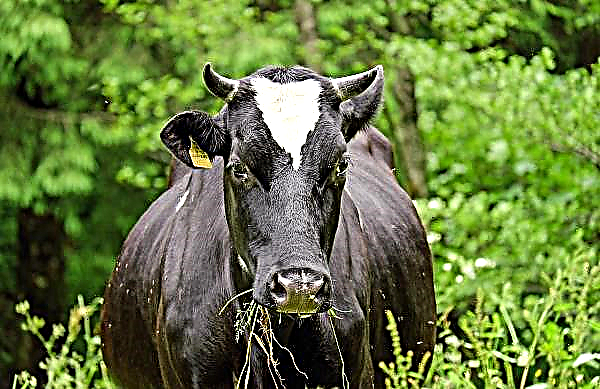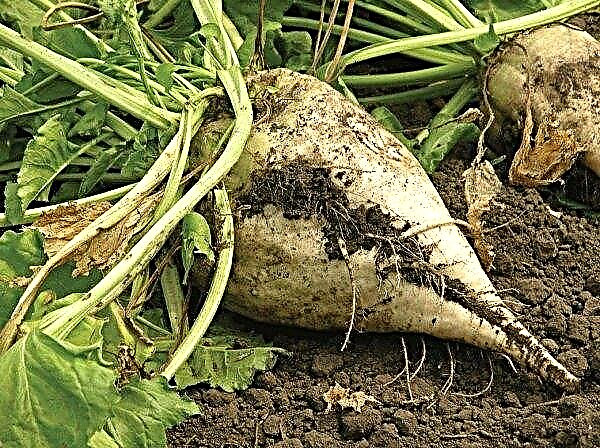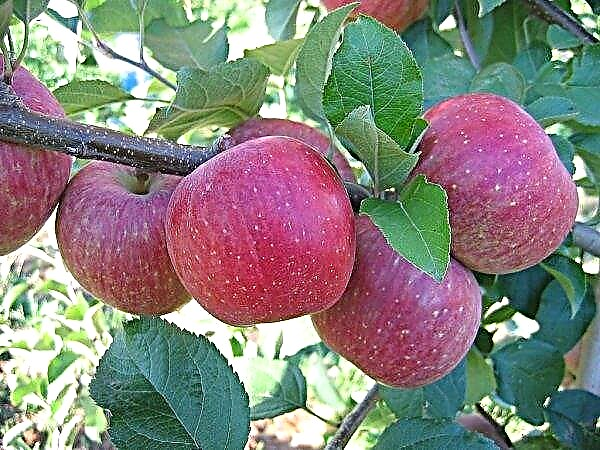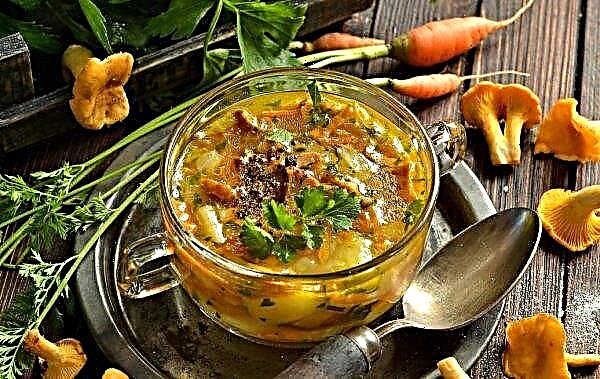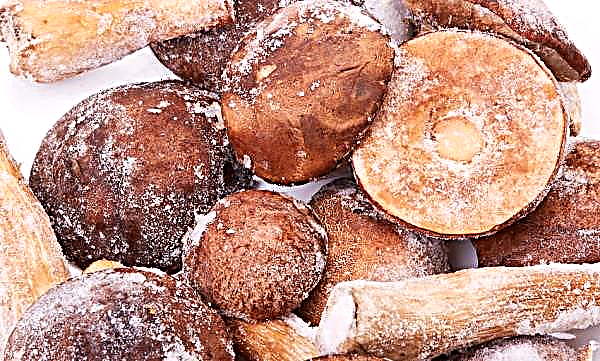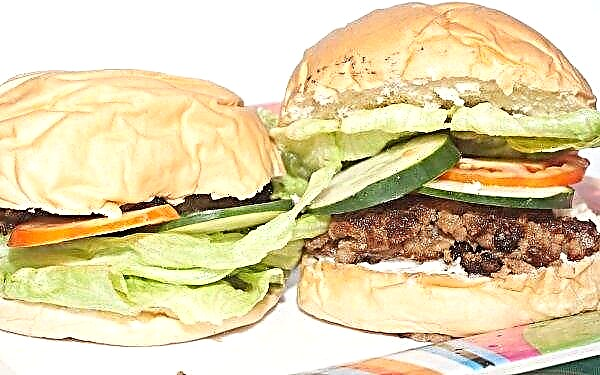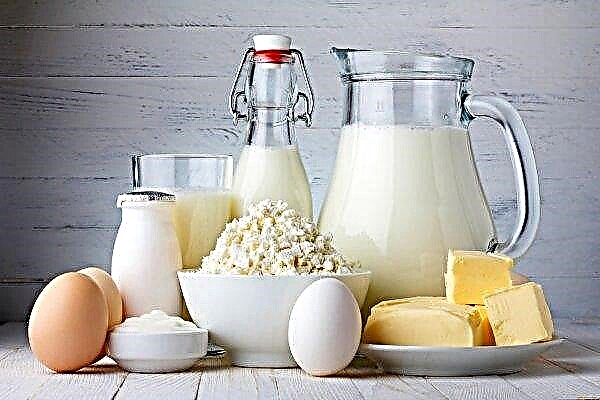Beekeeping is a relatively rare and unusual branch of agriculture, requiring in-depth knowledge and serious preparation. Before starting an apiary, the farmer needs to conduct a thorough analysis of many indicators and get answers to a large number of questions, in particular, you need to know how much honey you can pump over the summer from one hive. All the intricacies of calculating the future crop will be discussed in this review.
Important! The number of individuals in the bee family in summer should be at least 40,000 insects, however, one can talk about truly high honey yields if this number is two to three times more. To achieve this result, after winter, 35000-40000 individuals must be in the hive.
What factors affect honey harvest?
The answer to this question of interest to a potential beekeeper depends on many indicators, in particular, on:
- availability of necessary raw materials - honey plants in the required quantity, and each of these honey plants, in turn, can produce a different amount of pollen and nectar, and this depends not only on the type of plant, but also on the conditions in which it grows, temperature, humidity, and t . P.;
- summer duration - actual, not calendar (bees can only work in the warm season);
- other climatic conditions - in harsh winters, high humidity and other adverse factors, beekeeping cannot be highly effective;
- ecology - the presence of hazardous chemicals in the air and their sedimentation on flowers has a no less harmful effect on bees than on humans;
- family conditions - food quality in winter, heating the hive in the cold season, etc .;
- regularity of pumping honey and the availability of additional honeycombs at the disposal of the beekeeper, which can be used if necessary;
- the size of the hive;
- the number of working bees in the hive and their "strength."

Bee breed and their swarm
You should know that not all bees are the same. Like other farm animals, these insects have different breeds that differ among themselves, including adaptation to particular conditions, immunity, reproduction rate and, ultimately, productivity. Therefore, one of the first tasks that the future beekeeper should solve is to choose the breed correctly.
Among the most adapted bee breeds for the European part of Russia are the following:
| Breed name | Benefits | disadvantages |
| Central Russian | Very high honey collection rates, rapid increase in family size | High spite, restless disposition |
| Italian | Peaceful, almost not susceptible to acarapidosis | Not suitable for areas with early flowering honey plants |
| Carpathian | Frost-resistant, prolific, peaceful, has strong immunity, is not subject to active swarming, easily finds honey plants | Too high fecundity with a lack of flower raw materials reduces honey productivity (the family uses most of the honey for their own food) |
| Krainskaya | Loving, actively seeking food, has good immunity | Tolerates hot climate |
| Gray mountain caucasian | Peaceful, easily masters various honey carriers | Theft, unable to tolerate severe frosts |
| Yellow caucasian | Loving | Low immunity, inability to cold winters, theft |
| Ukrainian steppe | High honey productivity, fertility | Moderate aggressiveness, choosiness in choosing a honey plant |
| Karnika | Active in search of honey plants | Weak immunity and winter hardiness |
I must say that the technical characteristics of a particular breed of bees usually do not include such an indicator as the specific amount of liters (or kilograms) of honey that such a family brings to its owner. A breed is only one of the indicators of productivity, and therefore it is only a question of the fact that, ceteris paribus, more can be expected from one breed, and less from another.
So, for example, a sharp decrease in the productivity of the hive can be caused by such an unpleasant phenomenon for an unprepared beekeeper as swarming - the process of dividing a bee family, expressed in the fact that part of the insects led by the bee hive leave. The main danger of swarming is that, having justified a new nest, members of a young family will never return to the old hive.
Did you know? Contrary to popular belief, a bee does not sleep in winter, although in this period her life cycle is very slow. A natural insect feed during wintering is pre-harvested pollen and honey, and to maintain the life of the hive inhabitants, one meal a week is enough, and the entire amount eaten is absorbed by their body by 100%.
On the other hand, such a process in the life cycle of insects is natural, it cannot be prevented, but it can be controlled. Bees usually enter the so-called “swarm state” in the middle of summer, and it is important for the beekeeper not to miss this moment. There are many ways to leave a young family in an apiary, and you need to choose the most suitable one for yourself and try to successfully implement it, otherwise even the most productive breed will not yield the expected yield.
Hive
In order for the bees to produce the maximum amount of honey, they should not be crowded in the hive. In addition, the finished product needs to be stored somewhere, so the beekeeper must be sure that the bee house is spacious, and always have extra free cells in stock. Much also depends on the design of the hive. Best of all, if the bee dwelling will be multi-housing, although you can stop at some other, no less interesting option.
The most famous varieties of hives:
| Name | Design features |
| Dadanovsky | Single hull, but very easy to manufacture and roomy. Made from wood. Designed for a dozen frames, but can be supplemented by new cassettes and even cases |
| Alpine | Multihull, lined up by analogy with a hollow. Due to its compactness it is very convenient in case of limited space. |
| Horned | Multi-body, with a mesh bottom, consists of several sections standing one above the other, fastened by special wooden beams |
| Cassette | Multi-case, but the partitions between the cassettes are very thin, wooden and wax impregnated. Used to prevent epidemic diseases in the bee family |
| Sunbed | Multihull. The main feature is that sections are not built up from bottom to top, but to the sides. |
How much honey gives one hive
Only by understanding how many factors and conditions determine honey productivity can we begin to talk about some averaged figures.
Did you know? In 2002, a beekeeper from the Kuban received 200 kg of honey from one hive and claims that this figure is not the limit for him. The secret is in a special technology that the entrepreneurial beekeeper has patented and today successfully sells.
Per season
It is believed that on average about 30 kg of honey can be taken from one hive per summer. With good family care and favorable weather conditions, this number can be increased by one and a half times.
In a year
Annual honey collection rates are calculated a little differently. To do this, the starting point is the moment of the first pumping out of honey, and the end of the countdown is the moment when the bee family goes into hibernation. Over the entire period, one hive brings an average of 50 kg of product.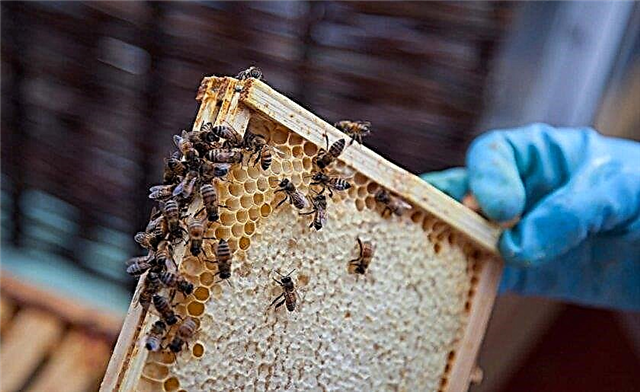
How to increase honey collection from one hive
In order to increase the efficiency of your business, you must first determine for yourself which factors affecting this indicator can be adjusted and which ones should be taken for granted.
Roaming
In order to produce honey, bees need access to nectar, pollen, and a sticky substance covering the young leaves and stems of some plants. All of these substances in the aggregate can be obtained only when this plant blooms. Usually this period does not last long (about a month) - accordingly, the terms of active honey collection are very short.
Important! The method of wandering beehives after flowering honey plants at different times allows increasing honey collection rates several times, and this is without using any other measures to intensify production.
However, enterprising beekeepers have long found a simple and at the same time witty way to significantly extend the collection period of nectar and pollen, stretching it almost all summer. This method is a nomad apiary (apiary on wheels).
Of course, you need to be able to properly organize the wandering, because:
- not all breeds tolerate transportation equally well;
- the hives must be so secured inside the vehicle so that during transportation the bees are not injured or stressed;
- moving too far increases the risk that, having gone on a “hunt”, insects cannot find the way back to the hive (the optimal route should not exceed 2-3 km);
- in each new parking lot, the bees should easily detect water (lake, stream, river);
- transportation of bees according to the rules applicable in different countries may require certain permits and other accompanying documents, without which the “live cargo” can be confiscated by public services.

Strong family and space
Another method of increasing the productivity of the hive is to carry out painstaking breeding work, the purpose of which is to obtain a strong family with the maximum number of working individuals. The labor qualities of insects are affected not only by the state of their health and immunity, but also by the general comfort in the home.
That is why the guarantee of high productivity of the bee colony is a spacious hive, in which its inhabitants will be given more space for both storing honey and brood. Another advantage of the presence of free space in the hive is that in this case its inhabitants are not threatened by overheating due to close contact with each other.
Did you know? It is due to the heat of their own bodies that the bees are warmed in winter: when the air in the hive cools below + 8 ... + 10 ° С, its inhabitants stray into a dense ball, inside of which air heated by small bodies is circulated. Individuals located closer to the center of the ball, warming up, always replace their relatives, making up its outer part, as far as possible from the heat source.
Avoid Overheating
Many years of experiments conducted by beekeepers, as well as by entire research institutes, allow us to make an unambiguous conclusion that there is a direct connection between the air temperature inside the hive and the honey production of the bee family. So, during the period of honey collection, insects feel as comfortable as possible if the air in the hive is warmed up to + 34 ... + 35.5 ° С.
For this, it is necessary that the temperature in the street be in the range of approximately + 22 ... + 28 ° С. It is important to understand that bees are able to tolerate much higher temperatures, however, they succeed only by taking special measures - a kind of ventilation, which working individuals provide by actively flapping wings.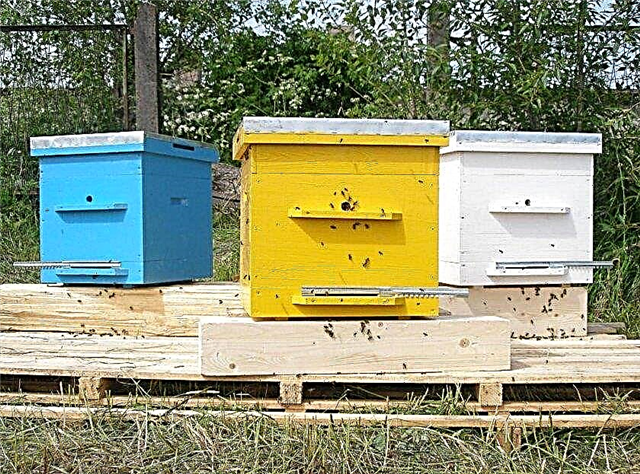 Thus, during overheating, a significant part of the inhabitants of the hive is forced to be distracted from carrying out their main task (production of honey) and engage in another, rather energy-intensive business. In addition, individuals not involved in the cooling of the room become sluggish and sleepy from the heat: the inevitable result is a sharp drop in productivity. This is why hives cannot be placed in an open area where there is no natural protection from direct sunlight.
Thus, during overheating, a significant part of the inhabitants of the hive is forced to be distracted from carrying out their main task (production of honey) and engage in another, rather energy-intensive business. In addition, individuals not involved in the cooling of the room become sluggish and sleepy from the heat: the inevitable result is a sharp drop in productivity. This is why hives cannot be placed in an open area where there is no natural protection from direct sunlight.
What if there are no honey plants nearby?
In search of food, bees can travel distances of up to 8 km one way, always unmistakably finding their way to the house. However, such a load negatively affects honey productivity, so you need to try to ensure that the distance between the hive and the honey plantation does not exceed 2 km.
If there is no suitable site nearby, and the nomad apiary is not considered an alternative, you can prepare food for the bee family on your own, planting annual or perennial herbaceous plants suitable for collecting nectar and pollen on your own site or in any area accessible for this.
Best suited for this purpose:
- fireweed (Ivan tea narrow-leaved);
- common flax;
- clover;
- cornflower;
- medicinal dandelion;
- alfalfa;
- sainfoin;
- motherwort;
- stone psoralea;
- colza;
- burdock;
- sage;
- catnip;
- meadow rank;
- yellow clover;
- horned lamb;
- grass plaque;
- peas (leaf or mouse);
- camel-thorn.
 As you can see, from one hive you can get a different amount of honey, depending on what conditions will be offered by the bee family. Unfortunately, many of the factors affecting this indicator are not subject to regulation, and sometimes even depend on chance, including the vagaries of nature. However, in the hands of the beekeeper there are many tools that allow not only to influence honey productivity, but also to increase it by a whole order - you just need to use them correctly.
As you can see, from one hive you can get a different amount of honey, depending on what conditions will be offered by the bee family. Unfortunately, many of the factors affecting this indicator are not subject to regulation, and sometimes even depend on chance, including the vagaries of nature. However, in the hands of the beekeeper there are many tools that allow not only to influence honey productivity, but also to increase it by a whole order - you just need to use them correctly.


